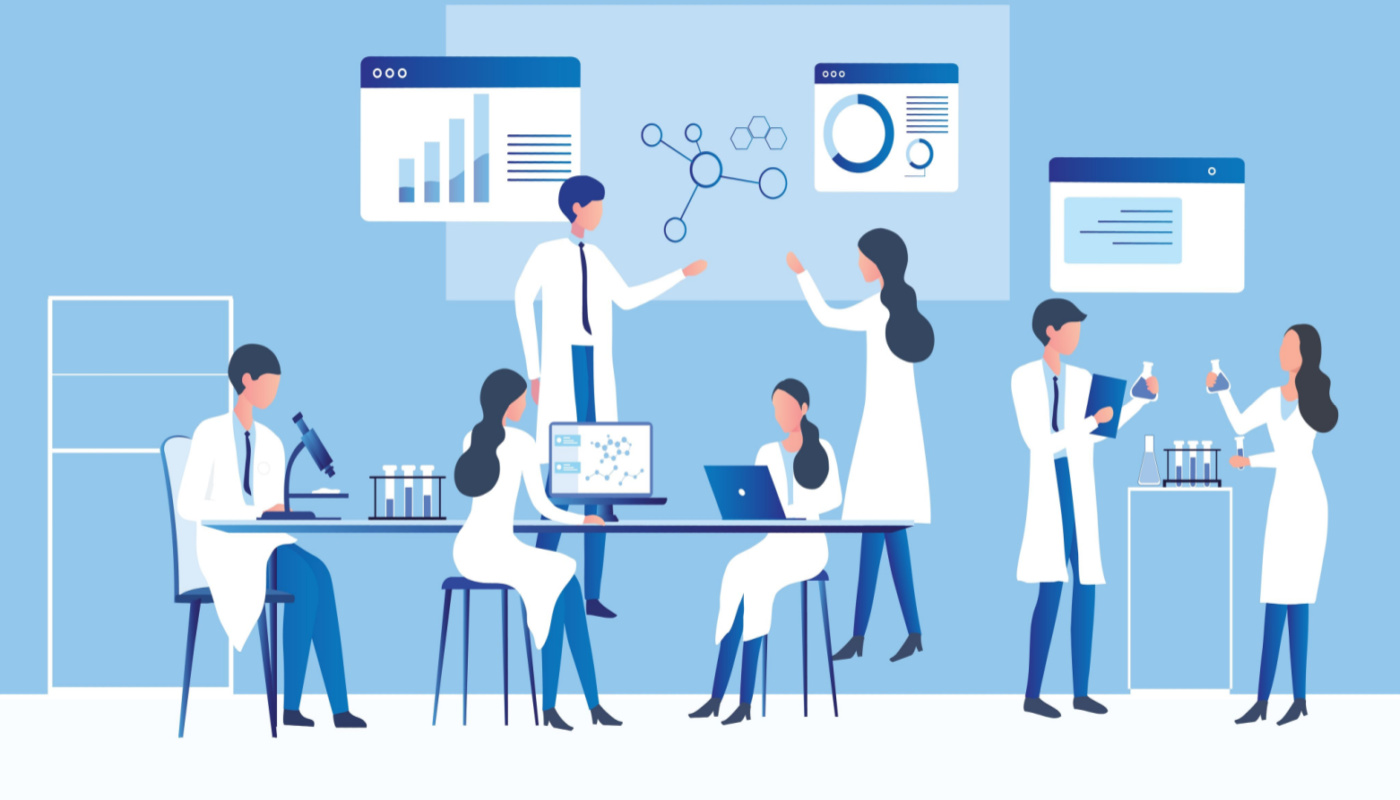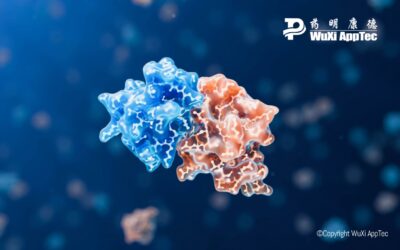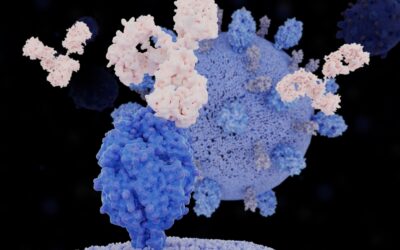Quantitative whole-body autoradiography (QWBA) and mass balance testing are equally important processes to gather data on a drug candidate’s absorption, distribution, metabolism, and excretion (ADME) properties.
While both QWBA and mass balance can give details on the absorption of a drug candidate, QWBA deals more with the distribution part of ADME—where a drug goes in the body. Mass balance studies focus more on metabolism and excretion—what does the body do with the drug candidate in order to eliminate it from the body. They are both complex, crucial processes of better understanding the drugs in your program as you move through the development and regulatory stages, but what are the benefits of having both conducted at the same time by a trusted lab partner?
What are QWBA and mass balance studies?
QWBA is an in vivo study that involves dosing a test system with a radiolabeled test article, freezing specimens, sectioning those specimens, to produce a digital image of the radioactivity distribution, and to demonstrate and measure how a drug is distributed over time. A microtome is used to create thin sections of embedding specimens, which are analyzed using digital and phosphorimaging.
The technique allows researchers to obtain a visual location and tissue distribution of radiolabeled compounds throughout the body. This process allows scientists to predict how a drug is distributed throughout the human body.
As recently as the early 2000s, testing facilities would conduct QWBA studies early in the drug development process, using it partly as a discovery tool. Now, however, QWBA is most often one of the later steps before clinical trials occur.
Mass balance studies are a little different. They measure the excretion of radiolabeled compounds in urine, feces, bile, and expired air, and can also measure radioactivity in blood, plasma, or carcass. This technique measures the portion of the drug converted to metabolite and demonstrates the primary mechanisms of elimination. Although mass balance studies measure the total amount of drug-related substances, including the unchanged parent drug and its metabolites, the results from mass balance alone provide no structural nor quantitative information about the metabolites.
Why is QWBA important?
One of the first things scientists do after a QWBA study is complete is conduct pharmacokinetic analysis of the radioactivity-derived drug concentrations within all tissues. This shows how long the compound stays in the body and where it concentrates. Scientists use this data to determine whether the radioactive dose is likely to be safe for human administration (human dosimetry prediction).
Some drugs are distributed to specific tissues in very specific ways. For example, some drugs concentrate in areas where there are high levels of melanin, like the eye or skin. Prior to clinical trials, drug developers can use a QWBA study to establish whether the amount of radioactivity will be safe in the ocular environment for an indefinite amount of time. Drugs that deliver radioactivity to sensitive places like the eye can deposit it there for extended periods of time and may cause safety concerns in humans.
What are the challenges of QWBA?
QWBA is an intricate procedure that requires the use of complex instruments. Keeping this delicate instrumentation calibrated and operated correctly helps keep QWBA studies consistent and reliable.
Compounds used in QWBA studies also need to be radiolabeled so scientists can track and quantify drug distribution through a test article. Despite being highly sensitive and very accurate, radiolabeling can have drawbacks of limited stability and activity.
Finally, QWBA labs need expert staffing in order to deal with the specialized nature of the work. Finding a laboratory with experts with the skills and experience to operate the instruments, collect the data and interpret results could be a challenge for drug developers.
Should you run a combination study?
Mass balance and QWBA studies can be run together or separately. There really is no right answer to whether individual studies are preferable to combination ones. It depends on the drug developers’ circumstances. Some prefer to conduct the mass balance study during discovery and QWBA later in the preclinical stage, but others opt to carry out mass balance and QWBA simultaneously to understand better of the test article.
The first benefit to running the studies at the same is efficiency. Any worries about radioactive test materials degrading over time are eased, test articles can be dosed with the same formulation at the exact same time, on the exact date, and there are no fears of that material becoming unstable. There’s also the economic factor. It can be more cost effective to generate one report for both tests at the same time. Not to mention, a single report makes it easier to organize your data.
There is no cookie cutter approach to mass balance or QWBA studies, so every sponsor will have a different request depending on the test article.
The bottom line
QWBA and mass balance studies are crucial parts of the development process. By undertaking combination studies, developers can save on time and money, and it pays to work with a lab partner to establish a plan for QWBA and mass balance studies as early as possible.
It’s even more important to choose a lab partner with the expertise and know-how to carry out these studies in an efficient and timely manner, or drug developers could face delays in their timeline and disappointment in their regulatory approval.
WuXi AppTec’s Laboratory Testing Division’s DMPK team is ready to partner with you to meet your drug discovery and development program goals – from expert advice and testing to project management. With research facilities in the United States (New Jersey) and China (Shanghai, Suzhou, and Nanjing) and our DMPK team of ~1,000 scientists, we are serving 1000+ global clients and have successfully supported 600+ IND applications.
Talk to a WuXi AppTec expert today to get the support you need to achieve your drug development goals.
As a global company with operations across Asia, Europe, and North America, WuXi AppTec provides a broad portfolio of R&D and manufacturing services that enable the global pharmaceutical and life sciences industry to advance discoveries and deliver groundbreaking treatments to patients. Through its unique business models, WuXi AppTec’s integrated, end-to-end services include chemistry drug CRDMO (Contract Research, Development and Manufacturing Organization), biology discovery, preclinical testing and clinical research services, helping customers improve the productivity of advancing healthcare products through cost-effective and efficient solutions. WuXi AppTec received an AA ESG rating from MSCI for the fourth consecutive year in 2024 and its open-access platform is enabling around 6,000 customers from over 30 countries to improve the health of those in need – and to realize the vision that “every drug can be made and every disease can be treated.”


